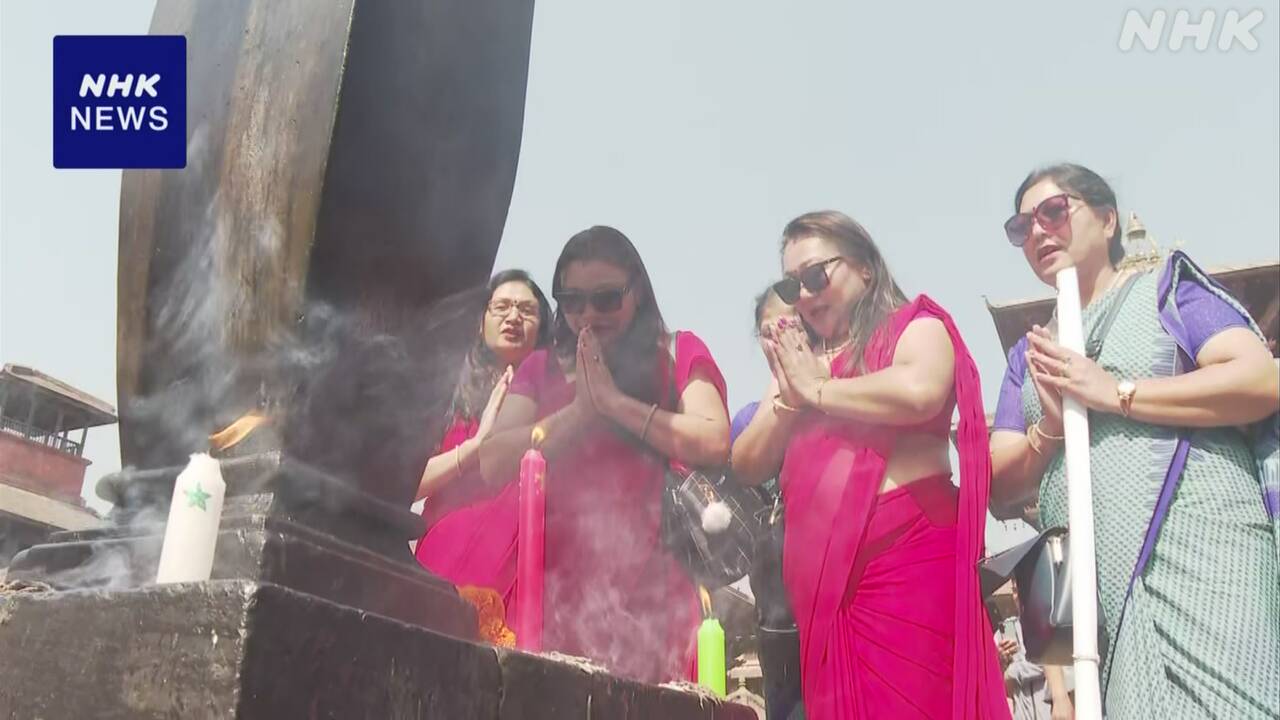Nepal's Earthquake: A Decade of Reconstruction – Progress, Challenges, and the Road Ahead
Ten years after the devastating 2015 Gorkha earthquake, Nepal continues its arduous journey of reconstruction. The 7.8 magnitude quake, and its subsequent aftershocks, left a trail of destruction, claiming thousands of lives and impacting millions. While significant progress has been made, challenges remain in rebuilding infrastructure, revitalizing communities, and ensuring future resilience. This article explores the decade-long process, highlighting both successes and setbacks.
The Scars Remain: Remembering the 2015 Earthquake
The 2015 earthquake wasn't just a natural disaster; it was a humanitarian crisis of immense proportions. The UNESCO World Heritage sites of Kathmandu Valley, including Boudhanath Stupa and Pashupatinath Temple, suffered significant damage. Countless homes were reduced to rubble, leaving hundreds of thousands displaced. The immediate aftermath saw a massive international relief effort, but the long-term reconstruction proved far more complex.
Key Impacts of the Earthquake:
- Massive Loss of Life: Thousands perished, with many more injured.
- Widespread Destruction of Infrastructure: Homes, schools, hospitals, and cultural heritage sites were severely damaged or destroyed.
- Economic Devastation: The earthquake crippled Nepal's economy, impacting tourism, agriculture, and other vital sectors.
- Social Disruption: Communities were fractured, and the loss of life and livelihoods created significant social unrest.
Reconstruction Efforts: A Decade of Progress
The Nepalese government, along with international organizations and NGOs, launched ambitious reconstruction plans. These focused on:
- Housing Reconstruction: A significant portion of destroyed homes have been rebuilt, although delays and challenges persist in ensuring quality and equitable distribution of aid.
- Infrastructure Development: Roads, bridges, and other vital infrastructure have been repaired or rebuilt, improving connectivity across the affected regions. (Link to a government report on infrastructure rebuilding)
- Cultural Heritage Preservation: Efforts have been made to restore damaged historical sites, though many projects are still ongoing. (Link to UNESCO's report on heritage site restoration)
- Disaster Risk Reduction: Measures are being implemented to improve building codes and strengthen community preparedness for future earthquakes.
The Lingering Challenges: Obstacles to Complete Recovery
Despite the progress, several challenges continue to hinder complete recovery:
- Slow Implementation: Bureaucratic hurdles and logistical complexities have slowed down the reconstruction process significantly.
- Funding Gaps: Securing adequate and sustained funding remains a critical issue.
- Corruption and Transparency Concerns: Allegations of corruption and lack of transparency have undermined public trust and hampered effective aid distribution.
- Vulnerable Communities: Marginalized communities, particularly women and those in remote areas, continue to face disproportionate challenges in accessing resources and support.
- Seismic Resilience: While efforts are underway, ensuring that all new constructions meet stringent seismic standards remains a crucial long-term goal.
The Road Ahead: Building a More Resilient Nepal
Nepal's journey towards recovery is far from over. Moving forward requires:
- Strengthened Governance: Improved transparency and accountability are essential to ensure efficient use of resources and public trust.
- Community Participation: Involving local communities in the planning and implementation of reconstruction projects is vital for sustainable development.
- Investing in Disaster Preparedness: Strengthening early warning systems and community resilience is crucial for mitigating the impact of future disasters.
- Sustainable Development: Reconstructing in a way that is environmentally sustainable and promotes economic growth is paramount.
Nepal's experience serves as a stark reminder of the devastating impact of natural disasters and the complexities of long-term reconstruction. While the path to full recovery is challenging, the commitment of the Nepalese people, coupled with continued international support, offers hope for a more resilient and prosperous future. (Link to a relevant NGO working in Nepal)
Keywords: Nepal earthquake, 2015 Nepal earthquake, Gorkha earthquake, Nepal reconstruction, earthquake recovery, disaster relief, Nepal rebuilding, seismic resilience, disaster risk reduction, humanitarian aid, Nepal infrastructure, cultural heritage preservation.
